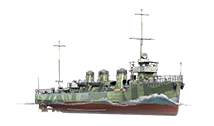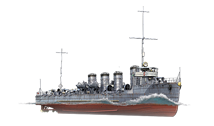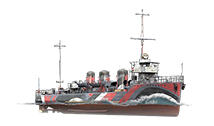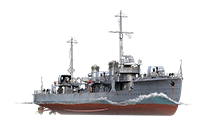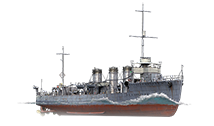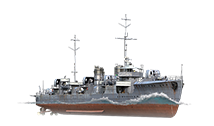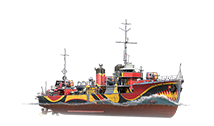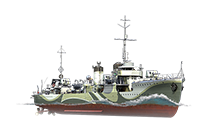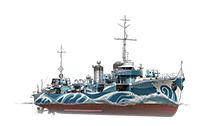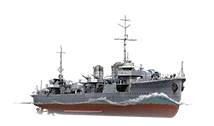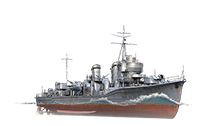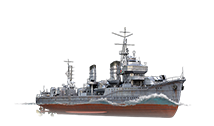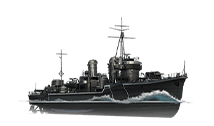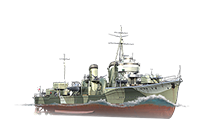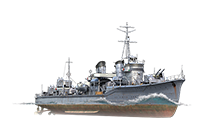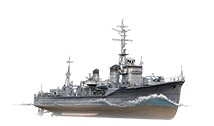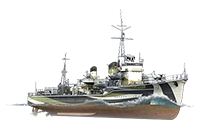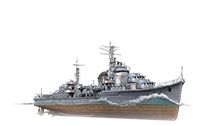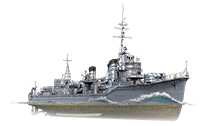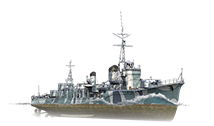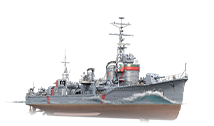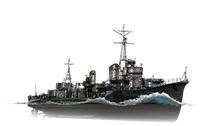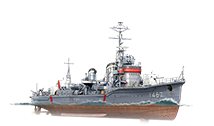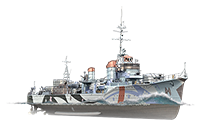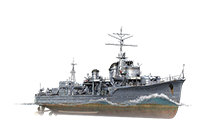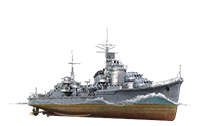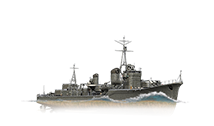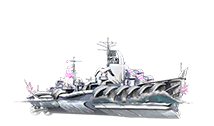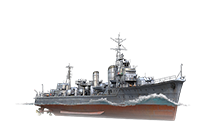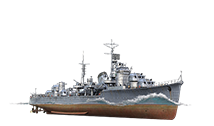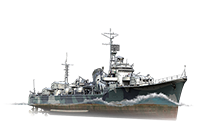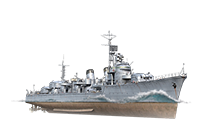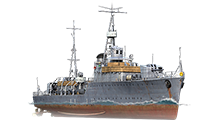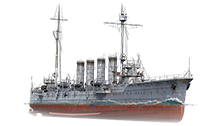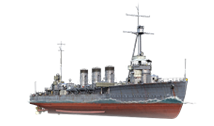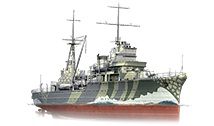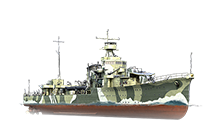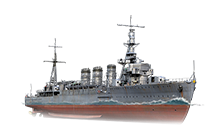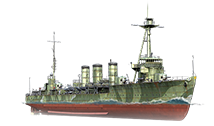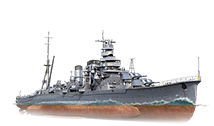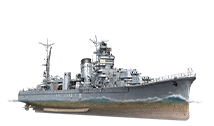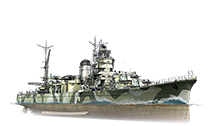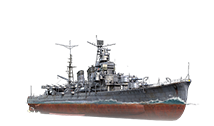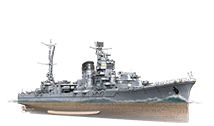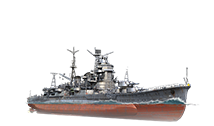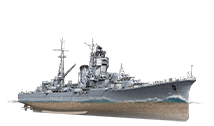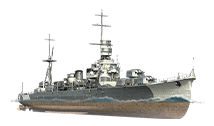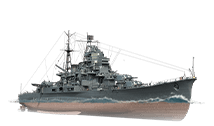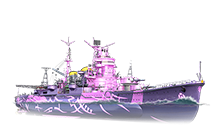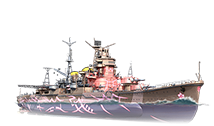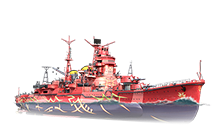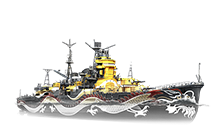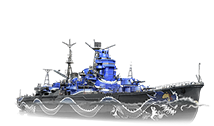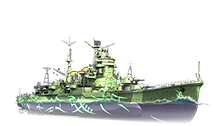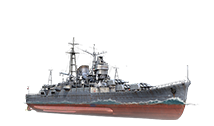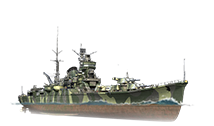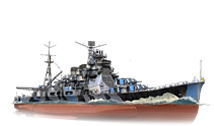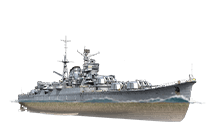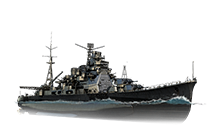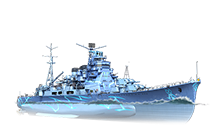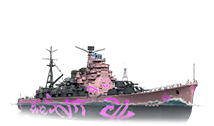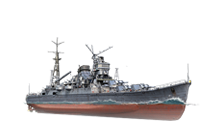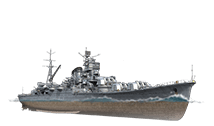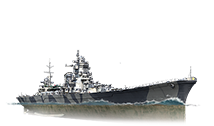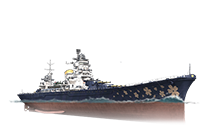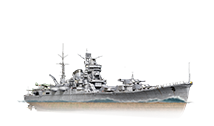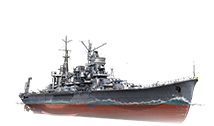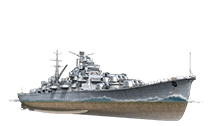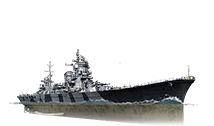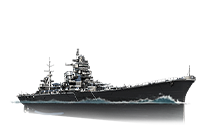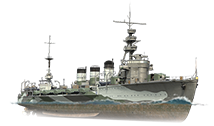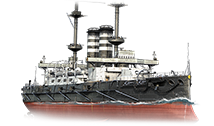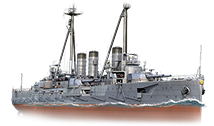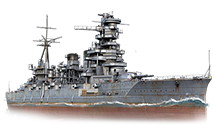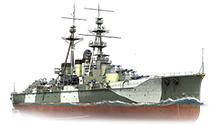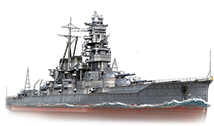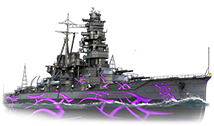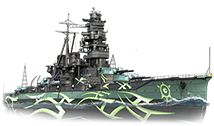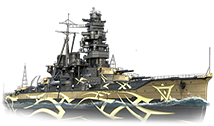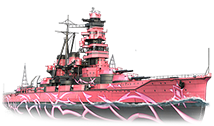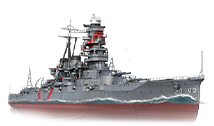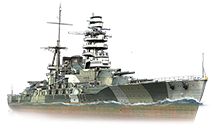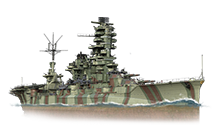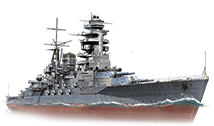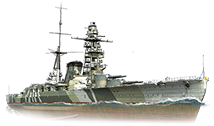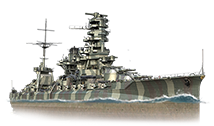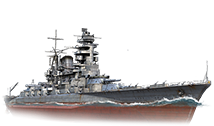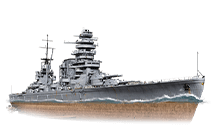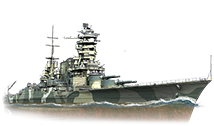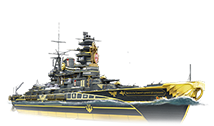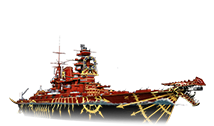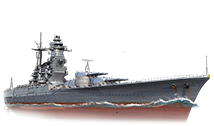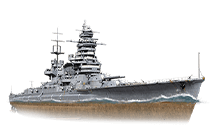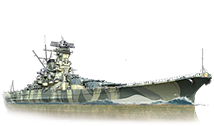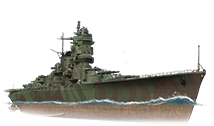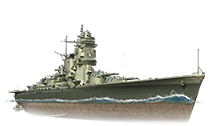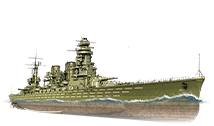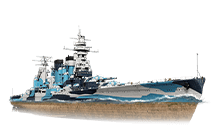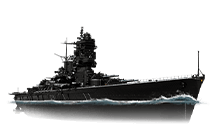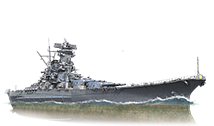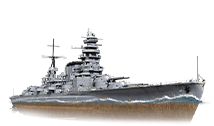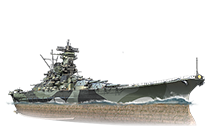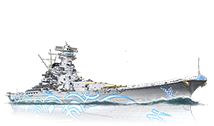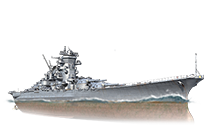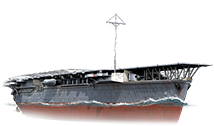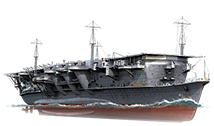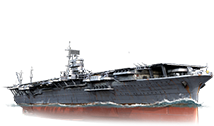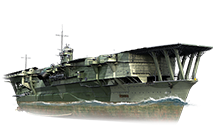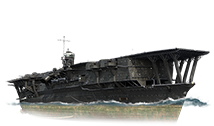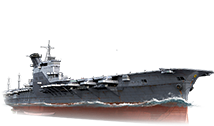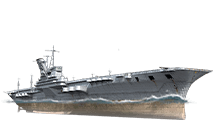Ships of Japan
Throughout their history, the IJN achieved stunning victories and technological innovations — sweeping successes in the Russo-Japanese and First Sino-Japanese Wars, the Battle of Tsushima, the sinkings of HMS Prince of Wales and HMS Repulse, the world's first purpose-built aircraft carrier, the deadly Type 93 "Long Lance" torpedo — and commissioned classes of cruisers and destroyers that, despite being much older than their adversaries, remained among the most powerful of their class of any nation during World War II. However, several mistakes and oversights during the war resulted in their near-annihilation by the United States Navy. The surprise attack on Pearl Harbor, Hawaii of 7 December 1941 was a tactical victory but a strategic error, bringing into the war a nation that, while initially under-prepared and as yet unwilling to go to war, had near-limitless resources and unmatched production capabilities. Compounding the error, little to none of the support facilities based in Pearl Harbor — naval repair yards, fuel depots, logistics infrastructure — were attacked, allowing the United States to quickly recover and strike back with a vengeance from their primary naval base in the Pacific. In contrast, Japan did not have the capabilities to replace their losses as quickly, were incredibly dependent on imports — reducing that dependency was actually one of the major reasons for Japan's expansionist desires — and their unprotected shipping lines due to under-investment in anti-submarine and anti-aircraft warfare allowed the United States Navy to slowly starve Japan into submission.
Japanese ships tend to have great variations in design; each class encountered is likely to have noticeably different handling characteristics from the previous tier, a result of the IJN constantly experimenting with or influenced by different designs and doctrines. They boast consistently superior torpedoes, accurate and long-range guns with high alpha damage, and outstanding concealment and mobility; however, they suffer from inferior survivability and anti-aircraft defenses. Their play style is very similar to the "decisive battle" doctrine that dominated IJN tactics: strike fast and strike hard with precision at targets of importance and/or opportunity, but every hit taken in exchange will be painfully felt.
Destroyers
Gameplay
Japanese destroyers rely on remaining unspotted and depend heavily on making good use of their torpedoes; the tech tree splits at Tier V after Isokaze, with one line focusing on torpedoes and the other on gunnery, the latter currently ending at Tier VIII.
The line focusing on torpedoes have weak, slow-turning guns that are generally not worth firing unless they happen to be pointing in the enemy's direction. Even then, it is frequently better to hold fire to maintain concealment. Concealment issues are exacerbated with the Smoke Generators on Japanese destroyers having fewer charges and shorter durations, giving captains less flexibility to get out of sticky situations. Their torpedoes are unmatched at every tier, having the highest damage and longest ranges of any vessel that can equip torpedoes. This allows them to snipe enemy warships while well out of visual range. Starting with Yūgumo at Tier IX, their guns begin to be more effective and captains get to choose from three types of torpedoes: high-speed (up to an incredible 76 knots) but shorter range, very long range but low speed ("low" being something of a misnomer, given that they still move at more than 60 knots), and an in-between option that has average speed and range. This allows for variable play styles and keeps opponents guessing. Combined with the Torpedo Acceleration skill the short-range torpedoes can be particularly vicious; it is almost impossible for enemy captains to dodge torpedoes streaking in at a whopping 81 knots.
The gunnery-focused line does not mean that they become pseudo-American destroyers, but many of the problems that plague the torpedo-focused destroyers are addressed to a certain degree, increasing their all-round capabilities while still keeping the distinctive characteristics of Japanese destroyers. However, all these improvements are "implemented" in an arduously gradual process — captains will only start seeing real differences once they reach Shiratsuyu and Akizuki at Tiers VII and VIII, respectively. Their turret-turning speeds are improved, their guns fire faster and further (shell damage and velocities are largely the same) and they have better anti-aircraft suites. Amazingly, their concealment values are better than that of the torpedo-focused line, allowing them to fire their main battery guns undetected like American destroyers, and both lines have access to the same models of torpedoes. What's more, the gunnery-focused line gets a better version of the Torpedo Reload Booster consumable! Unfortunately, they (rightfully so) get fewer torpedo launchers with longer default reload times, and their mobility is among the worst for destroyers, with inferior speed, maneuverability and underwhelming acceleration.
Cruisers
Gameplay
Japanese cruisers tend to have fewer guns housed in slow-turning turrets, coupled with excellent maneuverability and concealment values. Virtually all Japanese cruisers are equipped with a complement of torpedoes that are on par with their destroyer cousins. At the higher tiers, their torpedo tubes are often located aft of the vessel. Do not be fooled if a Japanese cruiser starts turning away mid-fight; they have very likely just launched a spread of torpedoes in your direction. From Tier V's Furutaka onwards, they are equipped with accurate, powerful guns that, while lacking in rate of fire, have reasonable shell arcs and velocity and are able to reliably penetrate or set their enemies on fire. Their high explosive shells have a high chance to set targets on fire; the highest amongst all cruisers in World of Warships. Their anti-aircraft suites are sufficient for self-defense, but captains will be hard-pressed to protect their teammates. The Tier X Zao is considered the very pinnacle of what the Japanese had expected of their cruisers: difficult to detect, she strikes first and hard. She is capable of giving enemy ships a nasty surprise when they are at close range and is a highly effective surface combatant in all situations.
Battleships
Gameplay
Japanese battleships were somewhat restricted by the Washington Naval Treaty, forcing them to resort to unusual — but often innovative — designs in outfitting their battleships. This resulted in battleships that have widely varying characteristics: the ponderous and slow Kawachi; the fast and agile Kongo; the well-balanced Nagato; culminating in the crown of their battleship tree, the formidable Yamato. Japanese battleships often have the highest caliber guns with the longest ranges of their tier, which they can extend even further still with Spotting Aircraft, allowing them to rain destruction upon their enemies with impunity. Many of them have good speeds and agility that belies their size and class; however, their armor protection frequently lags behind their counterparts of other nations. It tends to be more evenly spread out around the entire ship, though; while not being as effective as protecting against citadel hits, they have few obvious weak spots.
